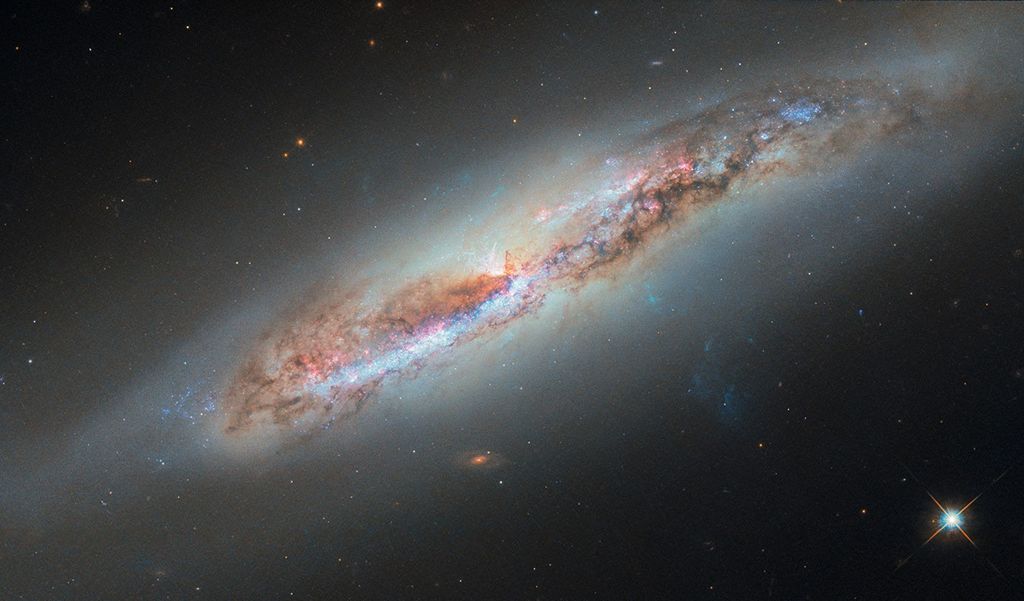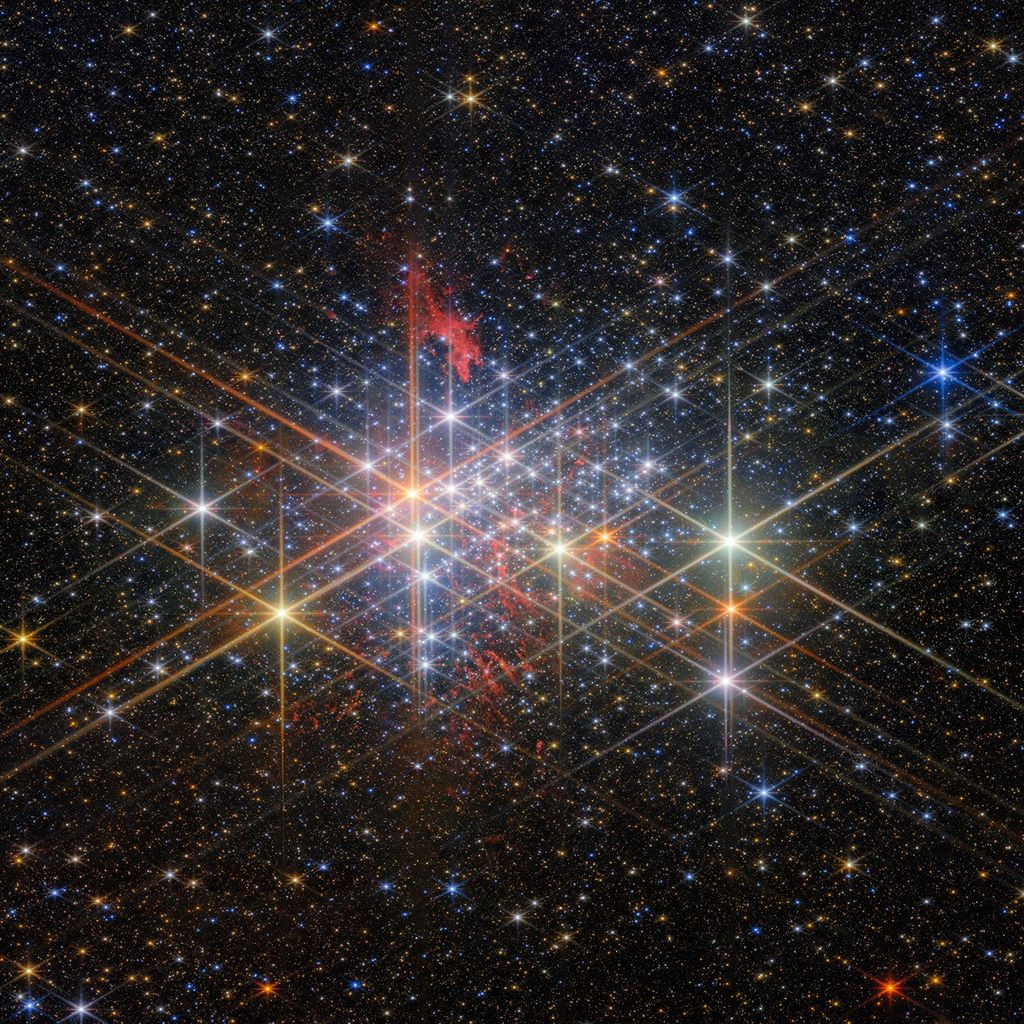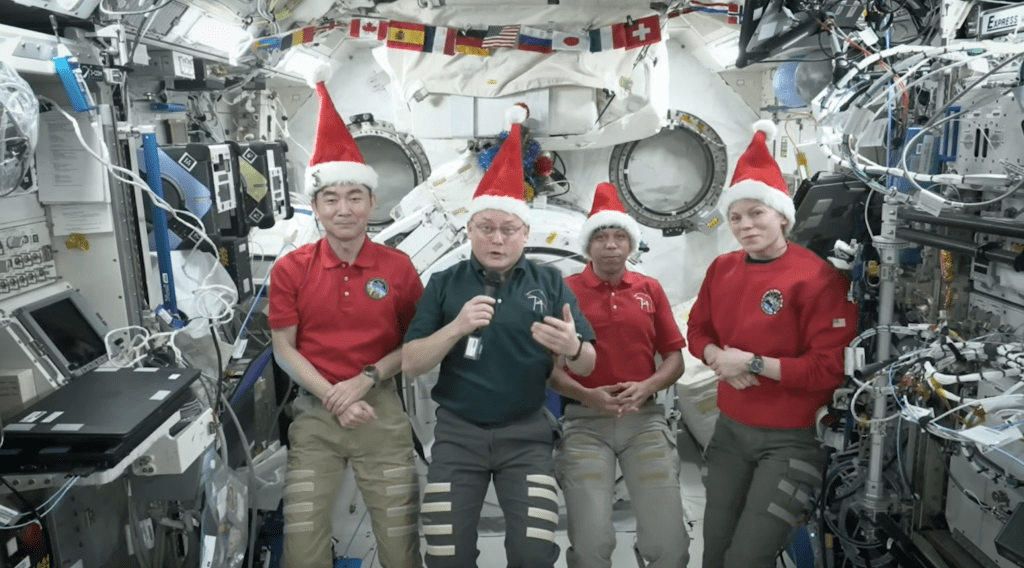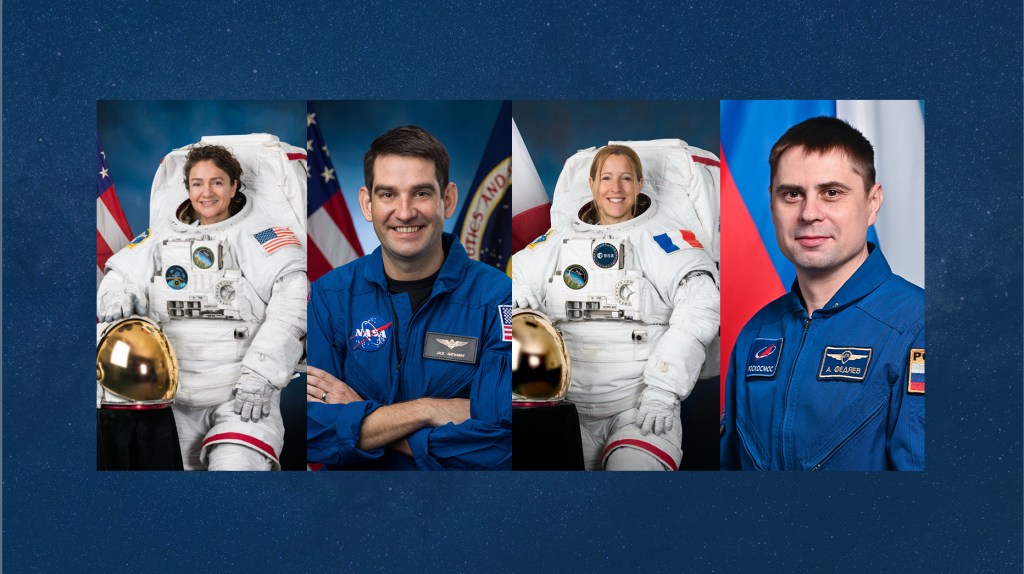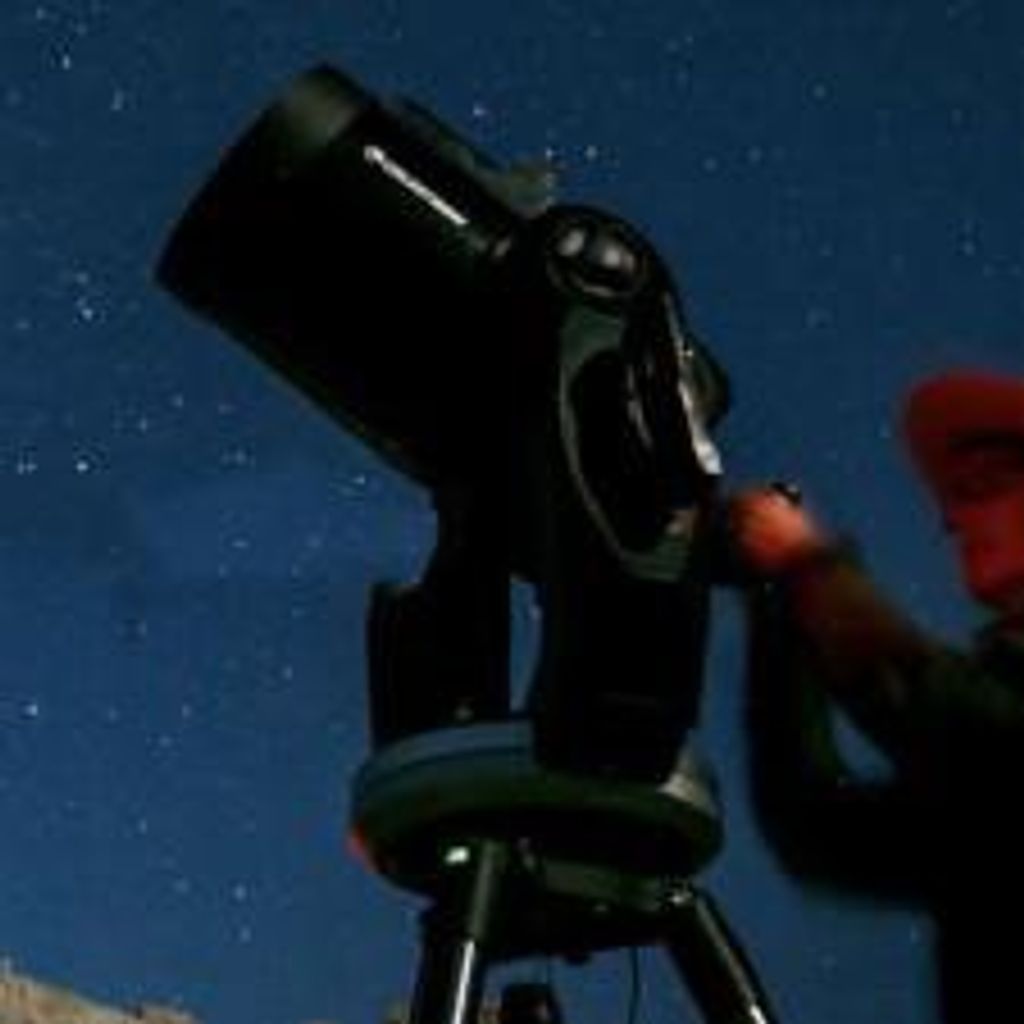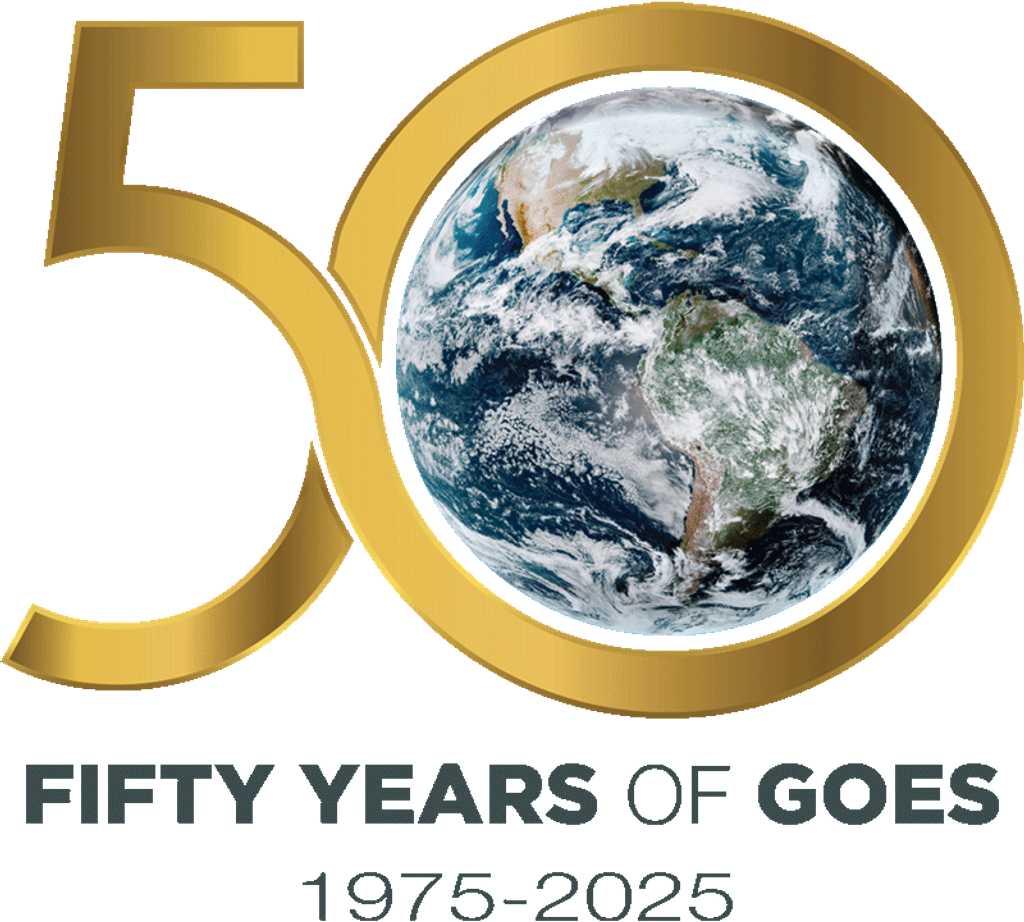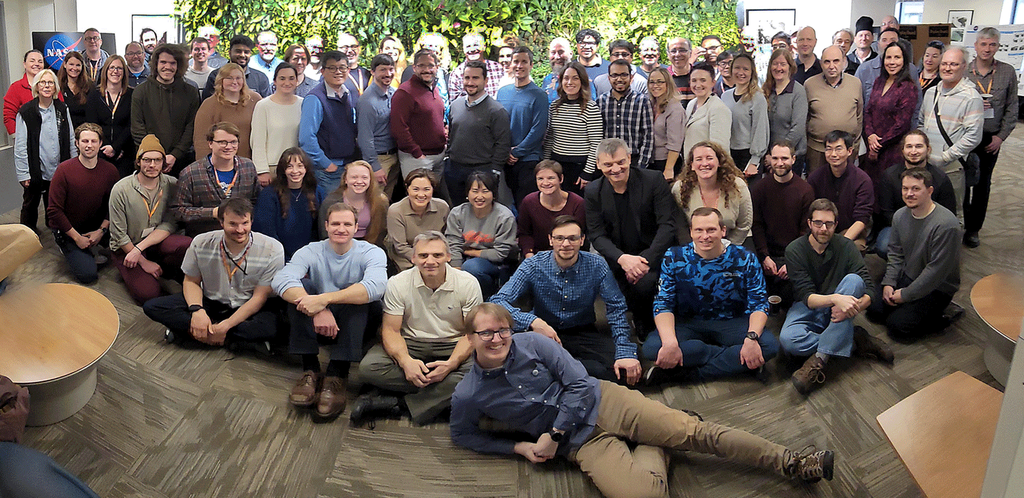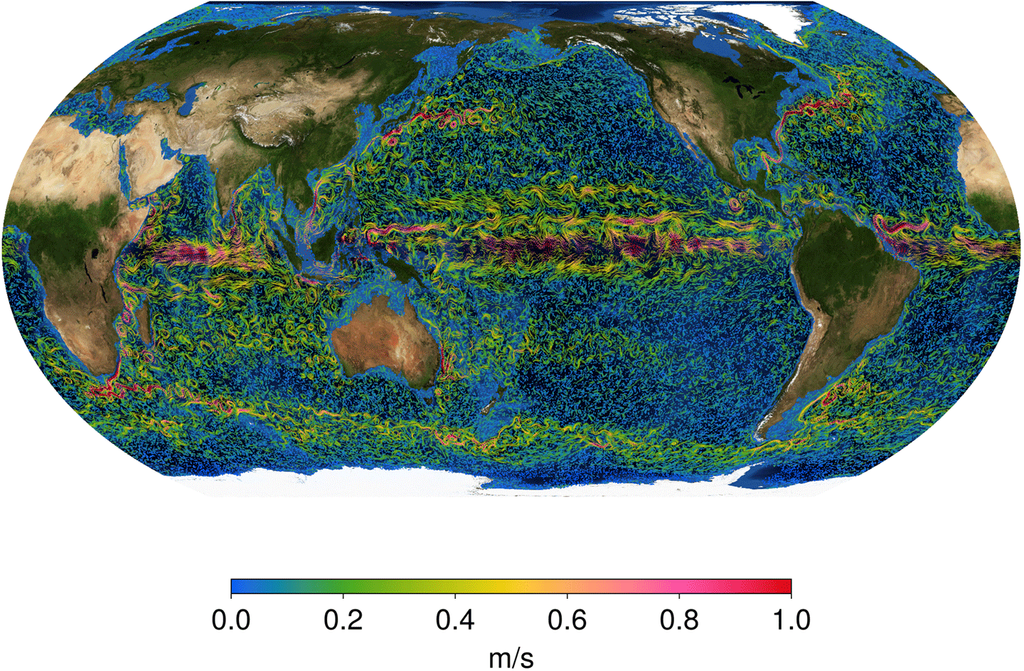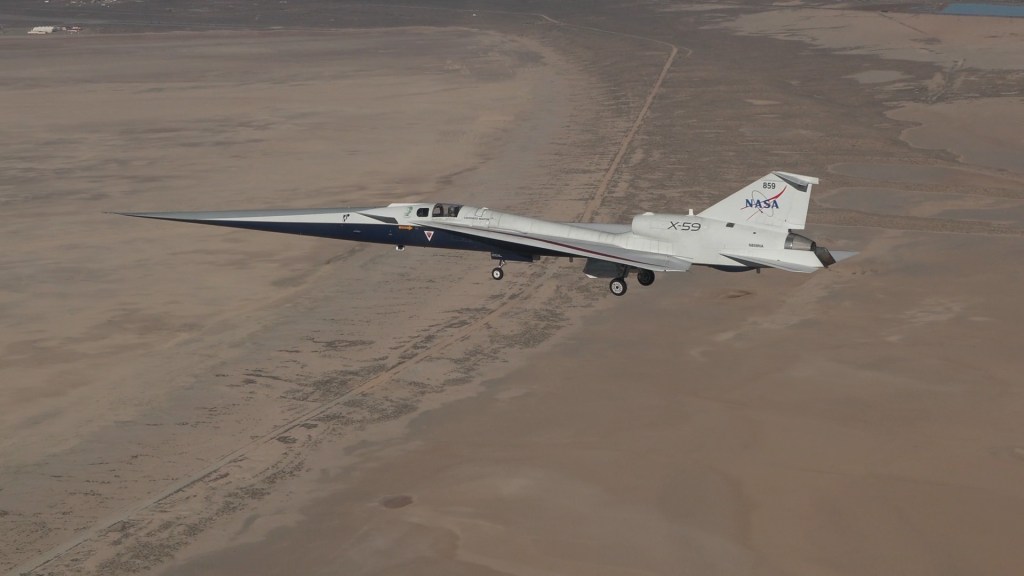1 min read
Hubble Uncovers One of the Smallest and Farthest Galaxies in the Universe

The heart of the mammoth galaxy cluster Abell 2744, also known as Pandora's Cluster, is shown in this Hubble Space Telescope image. The cluster is so massive that its powerful gravity bends the light from galaxies far behind it, making background objects appear larger and brighter in a phenomenon called gravitational lensing. These powerful lenses allow astronomers to find many dim, distant structures that otherwise might be too faint to see.
The small white boxes, labeled "a," "b," and "c," mark multiple images from the same background galaxy, one of the farthest, faintest, and smallest galaxies ever seen. The diminutive object is estimated to be over 13 billion light-years away. Enlarged views of the multiple images are shown in the insets at right. The arrows point to the tiny galaxy far behind the cluster. Each magnified image makes the galaxy appear as much as 10 times larger and brighter than it would look without the intervening lens.
To determine the background galaxy's distance, the researchers studied the galaxy's color and measured the positions between the three images. This new detection is considered one of the most reliable distance measurements of a galaxy that existed in the early universe. The galaxy appears as a tiny blob that is only a small fraction of the size of our Milky Way galaxy. But it offers a peek back into a time when the universe was only about 500 million years old, roughly 3 percent of its current age of 13.7 billion years.
An analysis of the distant galaxy shows that it measures merely 850 light-years across, 500 times smaller than the Milky Way, and is estimated to have a mass of only 40 million suns. The galaxy's star formation rate is about one star every three years (one-third the star formation rate in the Milky Way).
The galaxy was detected as part of the Frontier Fields program, an ambitious three-year effort, begun in 2013, that teams Hubble with NASA's other Great Observatories – the Spitzer Space Telescope and the Chandra X-ray Observatory – to probe the early universe by studying large galaxy clusters. Abell 2744 resides about 3.5 billion light-years away.
The image was made by combining near-infrared observations from Hubble's Wide Field Camera 3 and visible-light exposures from the Advanced Camera for Surveys. The observations were taken in 2009, 2013, and 2014.
About the Object
- R.A. PositionR.A. PositionRight ascension – analogous to longitude – is one component of an object's position.00h 14m 21s.2
- Dec. PositionDec. PositionDeclination – analogous to latitude – is one component of an object's position.-30° 23' 50".1
- ConstellationConstellationOne of 88 recognized regions of the celestial sphere in which the object appears.Sculptor
About the Data
- Data DescriptionData DescriptionProposal: A description of the observations, their scientific justification, and the links to the data available in the science archive.
Science Team: The astronomers who planned the observations and analyzed the data. "PI" refers to the Principal Investigator.Data of Abell 2744 were obtained as part of the HST proposals 11689: R. Dupke (Eureka Scientific, Inc.) et al., 13386: S. Rodney (JHU) et al., and 13495: J. Lotz (STScI) and the Frontier Fields Team. These findings were supported by the HST archival grant 13279, PI: W. Zheng (JHU), A. Zitrin (Caltech), Holland Ford (JHU), J. Moustakas (Siena College), F. Bauer and L. Infante (Pontificia Universidad Católica de Chile), and D. Kelson Carnegie Institution of Washington. The science team comprises: A. Zitrin (Caltech), W. Zheng (JHU), T. Broadhurst (University of Basque Country, Spain), J. Moustakas (Siena College), D. Lam (University of Hong Kong), X. Shu (CEA Saclay-DSM/IRFU/Service d'Astrophysique and University of Science and Technology of China), X. Huang (JHU and University of Science and Technology of China), J. Diego (IFCA/CSIC Universidad de Cantabria, Spain), H. Ford (JHU), and J. Lim (University of Hong Kong). - InstrumentInstrumentThe science instrument used to produce the data.HST>ACS/WFC and HST>WFC3/IR
- Exposure DatesExposure DatesThe date(s) that the telescope made its observations and the total exposure time.October 2009; August 2013 - July 2014
- FiltersFiltersThe camera filters that were used in the science observations.ACS/WFC: F435W (B), F606W (V), F814W (I) WFC3/IR: F105W (Y), F125W (J), F140W (JH), F160W (H)
- Object NameObject NameA name or catalog number that astronomers use to identify an astronomical object.Abell 2744, Pandora's Cluster
- Object DescriptionObject DescriptionThe type of astronomical object.High-redshift Galaxy Lensed by Abell 2744, Pandora's Cluster
- Release DateOctober 16, 2014
- Science ReleaseHubble Finds Extremely Distant Galaxy through Cosmic Magnifying Glass
- Credit

This image is a composite of separate exposures acquired by the ACS and WFC3 instruments on the Hubble Space Telescope. Several filters were used to sample broad wavelength ranges. The color results from assigning different hues (colors) to each monochromatic (grayscale) image associated with an individual filter. In this case, the assigned colors are: Background image Blue: F435W (B) + F606W (V) Green: F814W (I) + F105W (Y) Red: F125W (J) + F140W (JH) + F160W (H) Inset images Blue: F814W (I) Green: F105W (Y) Red: F160W (H)

Related Images & Videos

Artist's Illustration of a Giant Cosmic Magnifying Glass
This diagram shows how the gravity of the massive galaxy cluster Abell 2744 bends and magnifies the faint light of a far distant galaxy behind it, a phenomenon called gravitational lensing. The cluster's lensing power produced three magnified images of the faraway galaxy,...
Share
Details
Claire Andreoli
NASA’s Goddard Space Flight Center
Greenbelt, Maryland
claire.andreoli@nasa.gov

